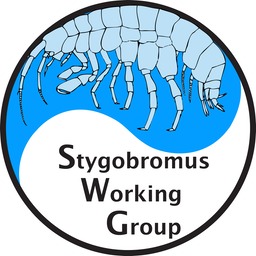Conservation Assessment of Crangonyctid Amphipods within the Subterranean Genus Stygobromus of the Virginias
Subterranean biodiversity remains one of the most poorly known and understood faunas on the planet. In the United States alone, less than 5% of obligate subterranean species have been targets of conservation assessments (i.e., IUCN Red List). Many species are known from just a few localities and are facing a plethora of threats ranging from habitat degradation to groundwater pollution. Consequently, there is a great need to conduct detailed conservation assessments to assist in setting conservation priorities and guiding management decisions for troglobites and stygobites. We begin to address this critical need by focusing on a single genus of subterranean amphipods (Stygobromus) from the Virginias and surrounding areas. This ecologically and geographically diverse genus is found in seeps, springs, and cave habitats, and species serve as important indicators of groundwater quality. This proposal represents the first phase of a long-term project aimed at completing conservation assessments for all North American Stygobromus species. We seek to assess the status of the 38 Stygobromus species in the Virginias to identify priority species, populations, and habitats for immediate conservation and management efforts. Our proposed project has two primary components: 1) collect and preserve a limited number of specimens and tissue samples to serve as morphological and molecular types for systematic studies; and 2) conduct conservation assessments of each Stygobromus species, identify species and populations of great conservation concern and ascertain threats and factors associated with extinction risk. Specimen collections from this project will serve as preliminary data for future proposals.
Supported by the Cave Conservancy of the Virginias and the Subterranean Ecology Institute, Inc.
